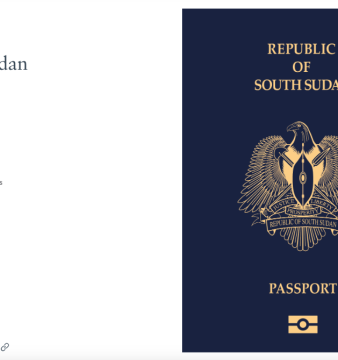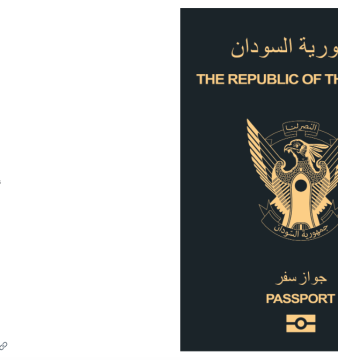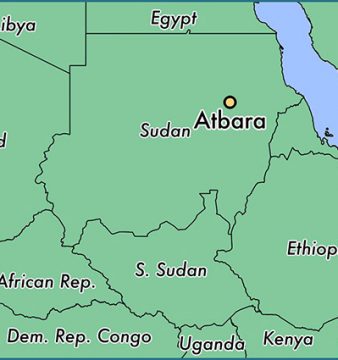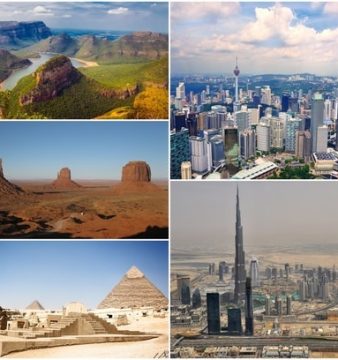The Natural Gems of Sudan
Across the vast Sudan is a prosperous land with a variety of historic, cultural, religious and even natural sites. Maintaining a large portfolio of many agricultural and natural resources, Sudan natural capabilities is enormous. From Khartoum to Dinder, residents and tourists come across some of Sudan’s as well as Africa’s most beautiful natural sites.
Dinder National Park
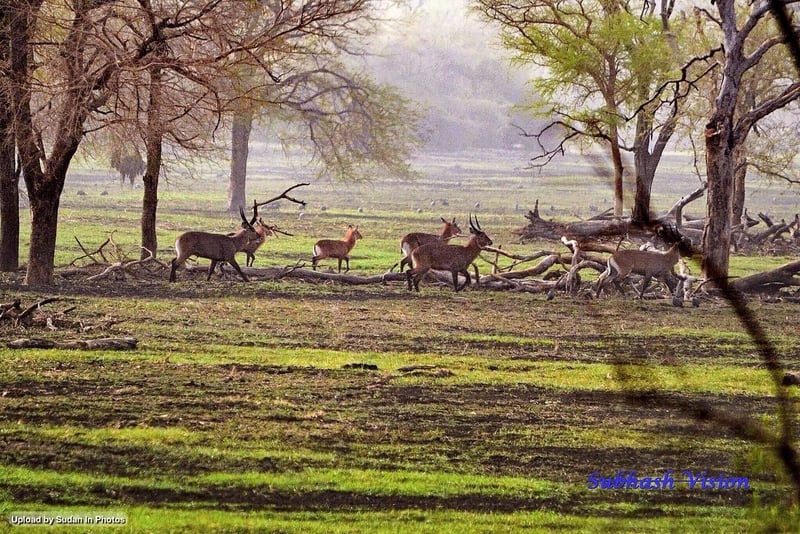
Established in 1935 in eastern Sudan, the national park is connected to Ethiopia’s Alatash National Park and lies in the clayish floodplain of the Dinder and Rahad rivers, at an elevation of 2,300 to 2,600 feet (700 to 800 metres) and covers an area of 7,123 square km. Dinder is also proposed to be first Ramsar site in Sudan. Vegetation in the park includes thorn-bush savanna in the north, woodland in the south with palm or gallery forests, and swampy areas along the riverbanks. Wildlife includes giraffes, antelopes, gazelles, buffalos, lions, ostriches, black rhinoceros, leopards, cheetahs, elephants, hyenas, jackals and more. Indigenous tribes live around the park. The Dinder National Park has been on the UNESCO World Heritage Centre Tentative List since 2004. The park can be reached by road from Khartoum, a distance of 290 miles (470 km).
Jebel Toteil (Taka Mountains)

Image source: Wikipedia Commons
At least seven hours away from Khartoum (by vehicle) is the state of Kassala, home to Jebel Toteil, widely known as Taka Mountains. It’s a popular honeymoon destination in Sudan with a resort and several cafes and restaurants surrounding its base. The coffee there is a must-have beverage. Although it’s not easy to climb, it’s also a great destination for rock climbers. Nearby is the Khatmiyya Hasan Tomb.
The Nile River and Nile Street
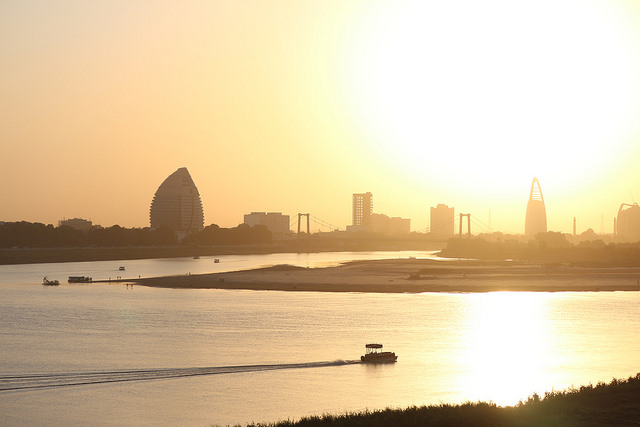
Image credit: Juri Knauth
Sudan is also home to the longest river in the world, the Nile River. Along with Euphrates River, the Nile River is also considered to be one most abundant rivers in the Arab world. The Nile River divides Sudan into two parts, east and west. It is located in the African continent and flows to the north. It has two major rivers, the White Nile and the Blue Nile. The White Nile is located in the Great Lakes region of Central Africa and follows a path along the South of Rwanda from Northern Tanzania to Lake Victoria, to Uganda and then Southern Sudan, while the Blue Nile begins at Lake Tana in Ethiopia at the coordinates and then goes to Sudan from the south-east and then the two rivers converge near the Sudanese capital of Khartoum and meet at Mugran. The site where the two Niles meet is known as Al-Mugran. References indicate that the region of (Mugran al-Nilain) was located in antiquity in the homeland of the Nilians. Archaeological excavations in 1945 revealed a homeland for the Nilites in the southern end of the present city of Khartoum, whose civilisation dates back to the pre-familial era. It was also proven to be inhabited during the Nabataean and Meroë periods between 750 BC and 350 AD.
Nile Street or Nile Avenue stretches along the Blue Nile River in Khartoum. It’s one of the most popular places to see or go to in Sudan, overflowing with cafes and restaurants and monumental buildings such as University of Khartoum, The President Palace, The New Republican Palace, Republican Palace Museum, Grand Holiday Villa Hotel and Corinthia Hotel Khartoum. Beginning from Al Manshiya, Nile Street is packed with cafes and restaurants (on boats as well) where you can try Sudanese, Egyptian, Ethiopian, Syrian and Turkish delicacies. On Sudan’s Independence Day, which takes place on 1 January, Nile Street is one of the most popular destinations for celebrations.
Tuti Island
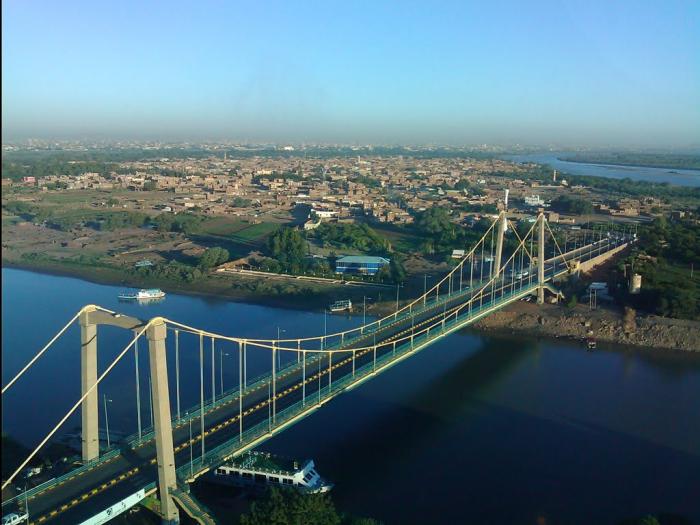
Image source: Wikipedia Commons
Shaped like an eye, Tuti Island is at the heart of the Blue and White Nile merging point. The Island is surrounded by the cities of the triangular capital, which include Khartoum, Omdurman and Khartoum North. The Tuti-Khartoum Bridge, which links between Tuti Island and the City of Khartoum, has been completed in February 2008. Prior to the bridge, islanders used to take ferries, boats and kayaks to and from the island. With at least 15,000 residents, islanders still take ferries from one side of the island. Full of vegetation and traditional fishing, it is considered to be the little paradise of Khartoum. It provides most of the vegetables in Khartoum.
Wadi Howar National Park
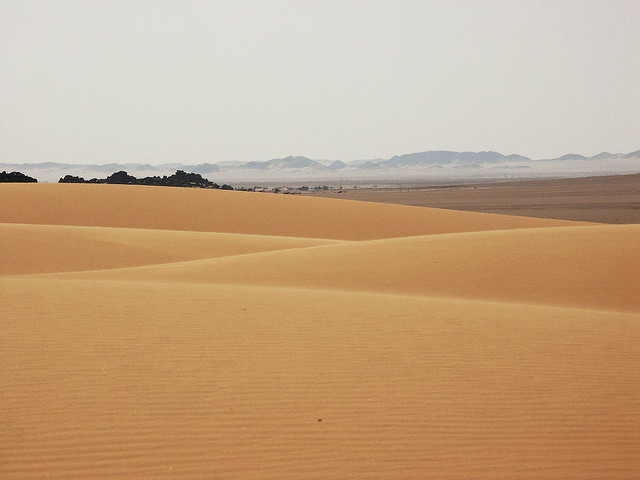
Image credit: David Haberlah https://www.flickr.com/photos/haberlah/sets/855543/
According to UNESCO, Wadi Howar is one of the most remarkable natural features of the south Eastern Sahars, Sudan and Chad. It was proclaimed on 18 July 2001, with an area of 100 thousand km sq as one of the largest national park in the world with diverse flora and outstanding geological features including the volcanic and crater landscape of Meidob Hills, Jebel Sahib complex, etc. The wadi was the largest Nile’s tributary from the Sahara between 9500 – 3000 BC. Wildlife includes gazelle, sheep, ostrich and other animals. The Wadi Howar National Park has been on the UNESCO World Heritage Centre Tentative List since 2004.

